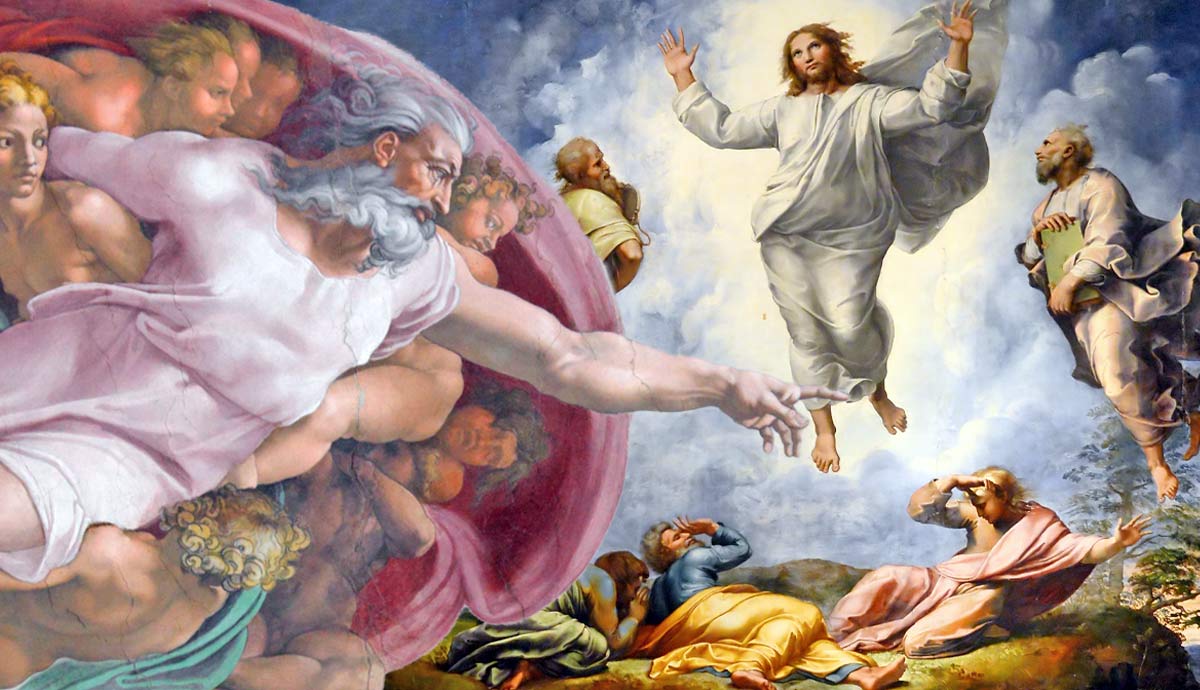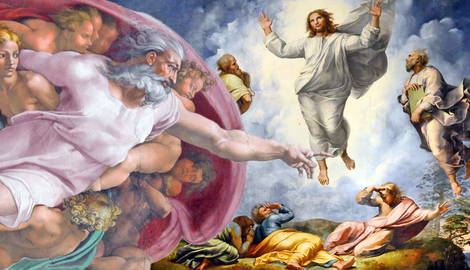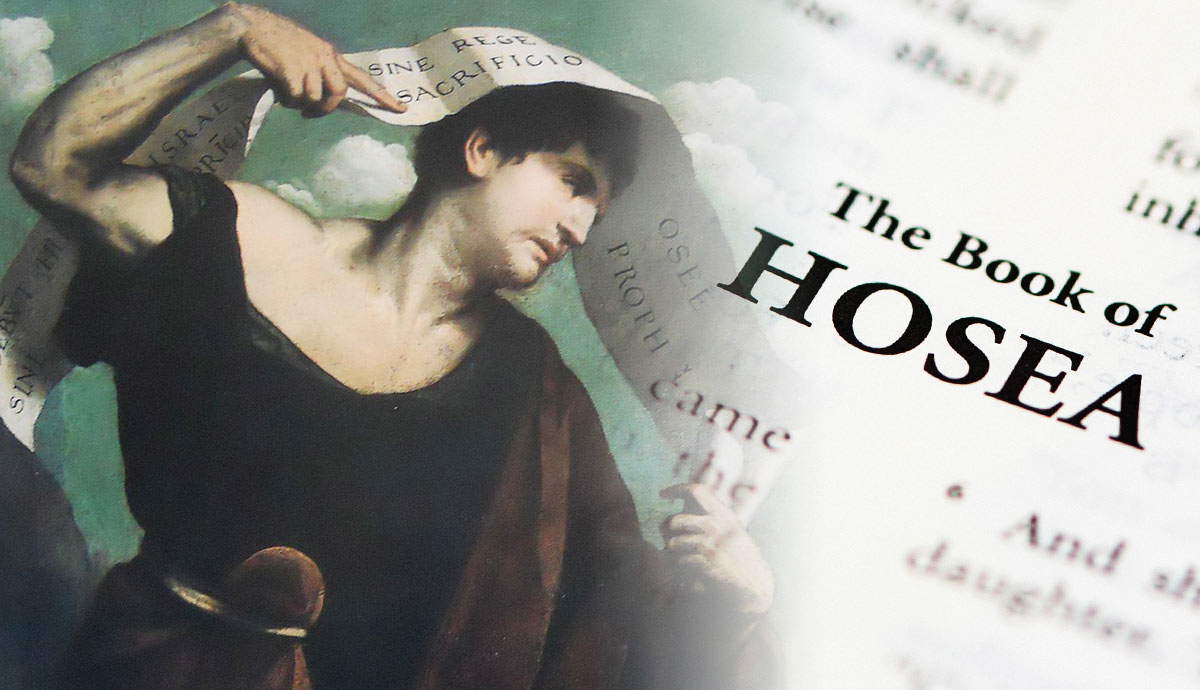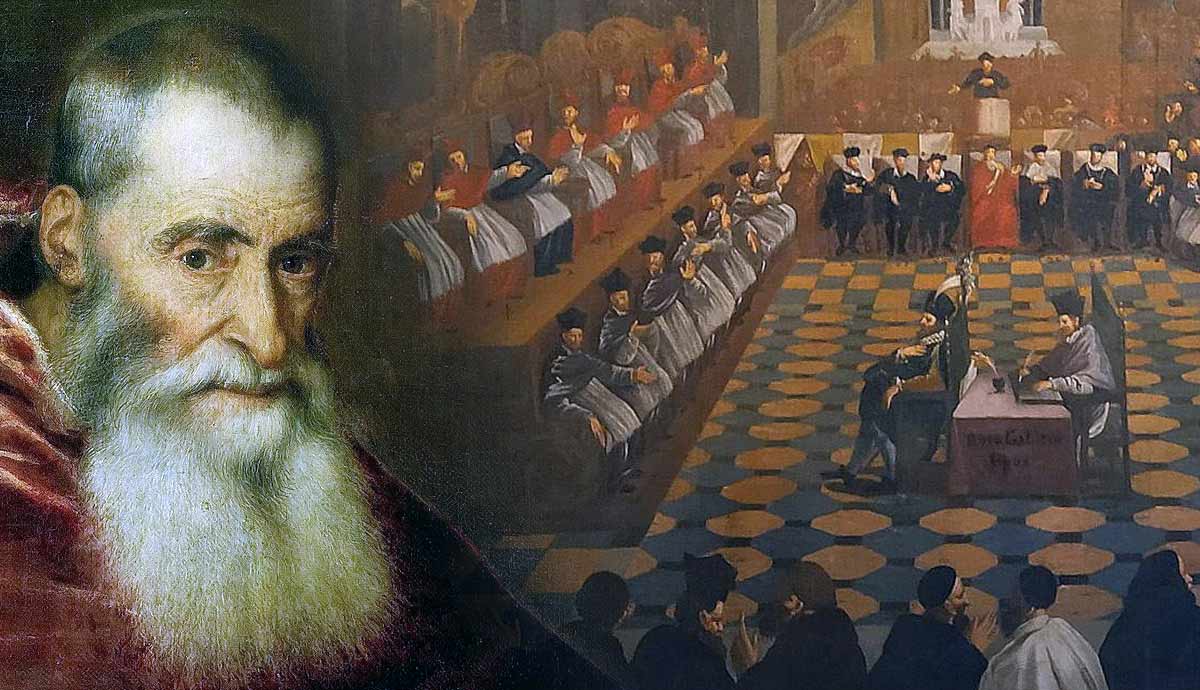
Christianity has inspired some of the most profound and enduring works of art throughout history. These masterpieces not only reflect the beliefs and values of the Christian faith they also serve as powerful vehicles to convey spiritual truths and inspire devotion. We explore five significant works of Christian religious art, briefly examining their theological significance by considering the embedded messages they contain.
It would not be possible to delve into every aspect of these unique works. Instead, we aim to analyze some prominent elements of each work that will hopefully inspire each reader to look at these works and discover more embedded messages from each for themselves.
1. The Sistine Chapel Ceiling by Michelangelo Buonarroti

In addition to being a magnificent work, the Sistine Chapel’s ceiling is a profound representation of Christian theology. Scenes from the Book of Genesis, such as Adam’s Creation, Man’s Fall, and the Flood, are portrayed on the ceiling frescoes. The way that this artwork depicts pivotal events in the history of salvation makes it significant to Christianity. The main panel features the Creation of Adam and the theological idea of imago Dei, which holds that God created people in His likeness.
This work by Michelangelo Buonarroti sees God as the active agent in creation, in contrast to Adam passively reclining on one arm while he extends the other. Michaelangelo depicts God as a muscular, gray-headed male. The style is typical of the Renaissance period. The gray hair portrays wisdom rather than frailty because God is providing vitality to Adam.
True to the biblical statement that God made man in his image, Adam seems to mirror God, though not perfectly. The fingers of the two main figures do not quite touch, which may be how Michaelangelo chose to depict the separation between God and man. At the same time, their outstretched arms portray their search for one another.

At a time when few people could read and write, this work of art told the story of Genesis in a way the average person could understand. It is a notable masterpiece as a work of art and theological expression!
2. The Annunciation by Fra Angelico

The Annunciation by Fra Angelico depicts the reaction of Mary in the defining moment when the Angel Gabriel tells her that she will bear the Son of God. The fresco captures the promise of the primary mystery of the Christian faith, God becoming a man, and gives the work its significance. The acceptance and humility of Mary serve as a sign of her status as the mother of God, or Theotokos, to use the theological term.
The piece encourages viewers to reflect on the mystery of the grace of God and the human response of faith and obedience, as exemplified by Mary. The picture offers a visual reflection of divine-human intervention in the salvation history of man.
Many artists have painted versions of the annunciation. In some, Mary seems fearful and turns away from the angel. In Fra Angelico’s version, she is at peace. The painting is void of clutter and almost simplistic in its presentation. The style is also reminiscent of pre-renaissance art. One can see the content of the angel’s message through how he holds his arms. Mary embraces the message by mimicking the angel’s cradling arms in anticipation of the promised child.
Fra Angelico painted several other works on this theme, yet this version captures the interaction of the divine and Mary beautifully. It highlights the involvement of God in the life of a modest, humble servant that would resonate with the average onlooker.
The artwork does not reflect the architecture or clothing associated with the time of the theme. It may have served to make the artwork more relatable to contemporary viewers.
3. Transfiguration by Raphael

The Transfiguration by Raphael portrays the biblical event in which Jesus transfigures in front of his disciples on Mount Tabor. This artwork represents the divine revelation and the manifestation of Jesus’ real character as the Son of God. This revelation is central to the Christian teaching that Jesus was the Son of God and makes this painting a significant contribution to the corpus of religious art.
The work communicates the promise of salvation and the transformational power of divine grace. In terms of its composition, the use of lighter colors at the top and darker colors toward the bottom contrasts the earthy and celestial realms. Jesus’ companions, Moses and Elijah, represent the transfiguration of those who died as Moses did and those who will not see death before being transfigured at the Second Coming; Elijah ascended into heaven without seeing death. As such, it prefigures the transfiguration of all believers, as Paul describes in 1 Corinthians 15:51-54.
One striking aspect of this work is the expressions of those who observe Jesus, Moses, and Elijah. The surprise, shock, and awe are palpable. The artwork does embellish in that it goes beyond the biblical narrative of who observed the transfiguration. Such artistic freedom is commonplace in many instances of religious art. This masterpiece not only tells the story of the transfiguration of Jesus but also awakens the believing observer with a renewed sense of the promise of salvation and transfiguration that awaits the saints.
4. The Last Supper by Leonardo da Vinci

Leonardo da Vinci’s The Last Supper is truly one of the most iconic pieces of religious art. The painting conveys the gravity and importance of Jesus’ last dinner with his apostles. Viewers are drawn into the scene by the painting’s composition and use of perspective. This technique emphasizes the intensity of emotions in that moment. The way that this artwork depicts the institution of the Eucharist—a prominent sacrament in Christian theology—makes it significant. Da Vinci highlights the contrast between treachery and selfless love by how he portrays Jesus’ gesture and the disciples’ responses. It hints at the Crucifixion and Resurrection that would soon follow. The Last Supper calls on viewers to reflect on the mystery of Christ’s presence in the Eucharist. Some consider it a call to selfless love and community as well.
The painting reflects the ensuing discussion after Jesus stated that one of the disciples in attendance would betray him. It tells the story of the confusion and controversy the statement sparked, which does not receive much attention in the Bible. Da Vinci convincingly captures the reasonable and natural reaction of the disciples in that situation.
5. The Crucifixion by Matthias Grünewald

Matthias Grünewald’s Crucifixion is a powerful depiction of Christ’s suffering and death on the cross. This artwork is significant because it portrays the culmination of the redemptive sacrifice of Christ with raw emotional intensity. Including Mary and John at the foot of the cross emphasizes the theme of compassion and solidarity in suffering. Through the Crucifixion, Grünewald invites viewers to consider the mystery of redemption and the promise of new life through Christ’s victory over sin and death.
As with many of the artworks considered thus far, this work also does not reflect a historically correct representation of the architecture or clothing of the time of Christ. The method of crucifixion and the posture of Jesus on the cross is also not historically verified. It is highly unlikely that soldiers would drive nails through the palms of the hands. They would more likely have nailed them between the radius and ulna bones in the forearm to carry the body’s weight. These details, however, are beside the point. It is all about the message behind the image.
Grünewald beautifully captures the intensity around the crucifixion as well as the effects it had on the bystanders. The contrast of light and darkness reflects the visual and spiritual realities of the death of Christ and assists the observer of this work to focus on the central theme: Christ on the cross.
Summary

Considering the five works of religious art above, it becomes clear that the artists had their own stories to tell. Studying the details of each shows the depth of theology each artist captured in their art. It reflects their understanding of the Bible narrative they depicted and often brings insights and perspectives that explore beyond the text. The artists sometimes also modify elements in their work to suit the time they lived in, probably to make their messages more relatable. In doing so, they display a characteristic of God. The desire to meet man in their context.
What is clear is that all these artists did not just aim to create something aesthetically pleasing. They aimed to convey a message through their art that speaks to the faith of each observer.










